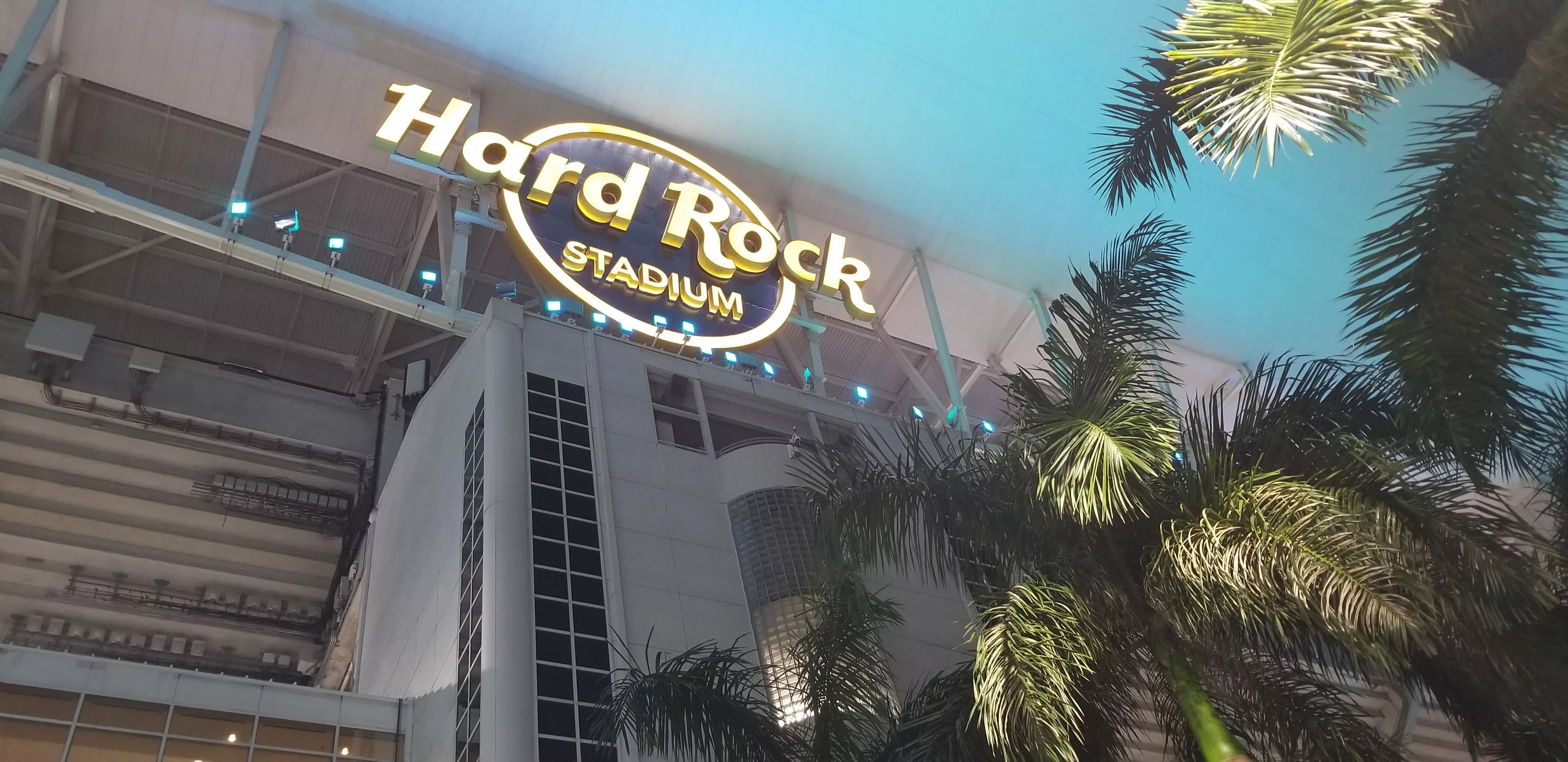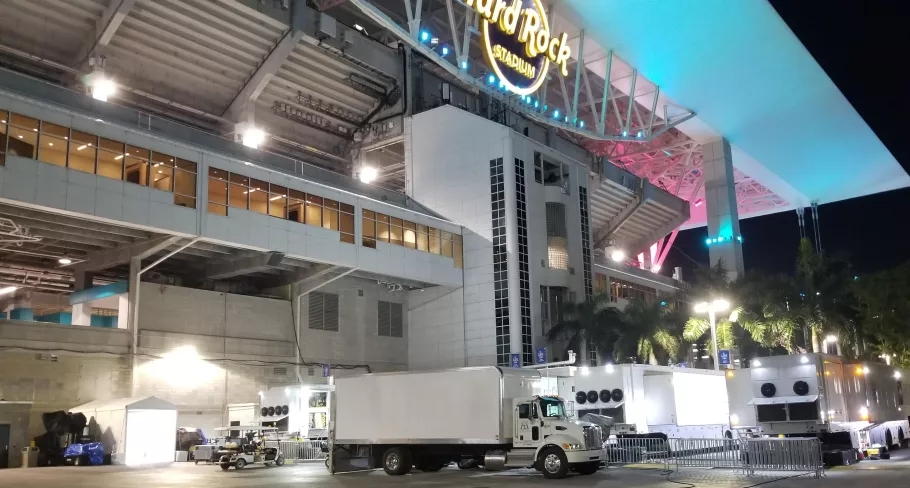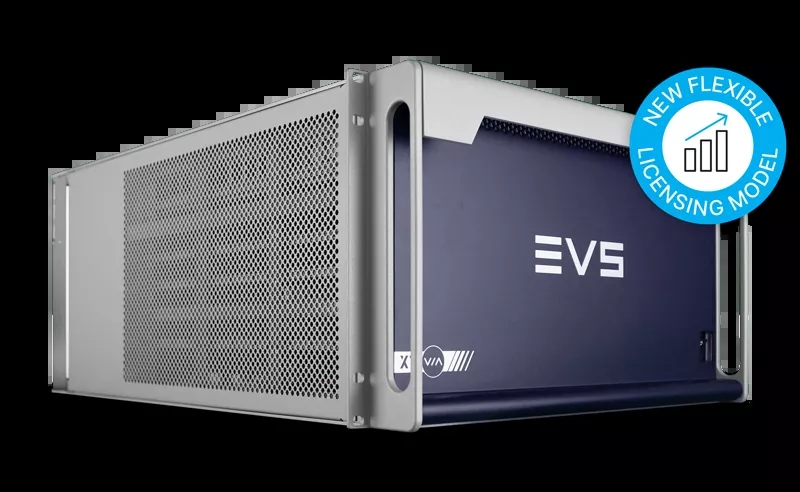Fox Sports teams up with EVS for an eye-catching Super Bowl LIV
Case study

- 10 March 2020
Customer profile
Boasting an extensive portfolio of world-class sporting events, FOX Sports is one of the leading broadcast networks in the US. The Los Angeles-headquartered network is home for MLB, NASCAR, USGA and NFL coverage as well as one of the three main broadcast television rightsholders of the nations’ highest-rated annual TV spectacle, the NFL Super Bowl. On February 2, 2020, the 54th edition of the NFL World Championship - known as Super Bowl LIV - marked FOX Sports’ ninth broadcast of the big game, which was delivered to an audience of millions, live from the Hard Rock Stadium in Miami.
The challenge
For Super Bowl LIV, FOX’s mission was to take all the action of the game and excitement of the show to air with the most visually stunning results. To begin with, FOX Sports announced that the entire event would be broadcast in High Dynamic Range (HDR), a first in Super Bowl history. The game, the halftime show and the pre and post-game studio programming would all be natively produced in 1080p 60fps HDR. While this decision to switch to the next-generation format meant that viewers would benefit from a higher picture quality all throughout the show, it also meant the production would require up to two times more bandwidth than the 1080i SDR productions of previous seasons.
Moreover, this new production setup needed to be able to handle the unprecedented number of live feeds. With over 100 cameras deployed on site, FOX Sports had every angle covered, enhancing their storytelling capabilities, but also increasing the overall complexity of the operation.
More than ever, FOX Sports needed peace of mind in knowing they could rely on a solid production infrastructure to successfully undertake this ambitious project. They set out to build a full HDR-capable infrastructure that could easily accommodate the increased bandwidth requirements, and which integrated the latest technological innovations for a greater visual storytelling of the 54th Super Bowl championship.

The solution
FOX Sports partnered with facilities’ provider Game Creek for the pre-game, game and post-game programming. A total of 39 EVS servers were spread over multiple mobile production units, ingesting content from the 100+ cameras onsite and used to create replays and highlight packages. The live feeds included those from over 20 pylon cameras surrounding the endzones and around 20 super motion cameras capturing the HDR content at 3x, 6x or 8x the standard frame rates.
The actual game production was covered by 26 XT-VIA live production servers split between the FATS (Feed All Trucks Signals) room and the Game Creek Encore production unit, and a dozen additional EVS servers were deployed in Game Creek’s Cleatus and Bravo units for the studio and show productions. To provide the critical underlying connectivity, the XT-VIA servers were running on the XNet-VIA ethernet media sharing network and interconnected through three redundant XHub-VIA switches for highly secured operations.
“The support we received from EVS both during and leading up to the show was truly appreciated by the entire team and made us feel confident carrying out this ambitious project”.
Thanks to the flexible configurations and the increased processing power of the XT-VIA servers combined with the IP-based XNet-VIA network, operators could trust they had the critical bandwidth and speed needed for the sharing of high-resolution content through a distributed broadcast network.
EVS’ IPDirector Live PAM software suite, accessible through 12 workstations, allowed the production crew to control and manage all the HDR content from the game as well as the pre and post shows available on the EVS platform.
The broadcaster deployed just over 1 Petabytes of shared storage across six XStore chassis combined into a single system. As a result, operators benefitted from a reliable storage system, which was optimized for bandwidth and offered a single point of access to all content, including archives and post-production edits created on Adobe Premier Pro.
Also part of the workflow, were EVS’ Xsquare orchestration software and XTAccess transfer engines, used to facilitate archive and restore processes between the live recorded content on the XNet-VIA network and post-production content.
Back at their premises over 2000 miles away in Los Angeles, FOX Sports deployed two additional XT-VIA servers that were connected to Viz Libero systems in order to add 3D virtual graphics to the EVS streams to assist in play analysis. The feeds were sent from Miami through MediaKind encoders/decoders and routed to the two XT-VIAs connected by XNet-VIA.
To deliver crystal-clear replays of the action and help tell a better story, more than 22 Super Motion cameras were used for the game. However, while the pylons around the endzones offer a good view of the most critical action, their constrained size means the use of high frame rate cameras is not feasible for those positions. To overcome this challenge, the broadcaster used EVS’ AI Super Slow Motion system (XtraMotion) , an innovative proof of concept (POC), which leverages the power of artificial intelligence to enable the creation of super slow motion replays from the regular frame rate cameras embedded in the pylons. Thanks to this system, operators could process any clip from the XT-VIA network to triple the number of frames. Pylon cam clips went from 60fps to 180fps, while super slow motion cameras went from 360fps to 1080fps.
Results
The Super Bowl LIV in Miami drew an impressive audience of over 102 million across FOX and FOX Deportes television networks as well as FOX, NFL and Verizon digital platforms, making it the fourth most-watched program in FOX history, and the 11th most-watched U.S. telecast ever.
The live coverage of the big game represented more than 4000 hours of recorded content, with 7934 clips created throughout the network. And despite the higher bandwidth requirements of 1080p HDR, the overall number of servers needed for the production was actually significantly lower compared to the previous years, thanks to the flexibility of the configurations and the increased channel density of the XT-VIA servers.
Optimized for high-resolution formats and super motion content, the use of XNet-VIA allowed for faster workflows through a distributed network as well as plug and play simplicity.

Mike Davies, SVP, Technical and Field Operations, FOX Sports, said: “With the move to 1080p HDR and the deployment of the largest XNet-VIA setup to date, the Super Bowl challenge was even greater for us this year. The support we received from EVS both during and leading up to the show was truly appreciated by the entire team and made us feel confident carrying out this ambitious project”.
“Although the entire production infrastructure had to change to accommodate the new format, there was no impact whatsoever on the operational aspect of the production”, said Kevin Callahan, FOX Sports’ VP, Field Operations and Engineering. “Our 35 operators spread across the network could create their clips and highlights as usual, without having to worry about performance issues.”
Innovation was well and truly at the heart of this year’s Super Bowl. Besides being the first HDR Super Bowl broadcast, the event featured many POCs from its technological partners including EVS’ AI super slow motion system, to help enrich the live production and strengthen the network’s position as a forerunner in innovation.
On February 2, 2020, Super Bowl LIV saw the Kansas City Chiefs win the Lombardi trophy against the San Francisco 49ers with a 31-20 victory. That same day, FOX Sports celebrated its most memorable broadcast of the big game, a flawless and innovative 1080p HDR native production which has raised the bar for the years to come.

